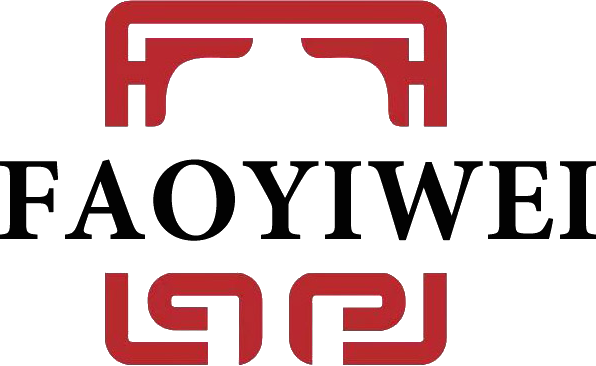
Analysis of the future development of assembly automation robots
In modern manufacturing, the movement towards increased productivity, accuracy, and economy has driven extensive application of assembly automation robots. Advanced robotic technology has repositioned traditional assembly lines to ensure quality, avoid mistakes, and accelerate production. As businesses demand more output with lower costs, assembly automation robots dominate competitive manufacturing strategies.
What are Assembly Automation Robots?
Assembly automation robots are particular industrial robots designed primarily to accomplish activities within the assembly process. Such activities might involve screwing, welding, attaching parts, testing, or packaging. With such robots installed on the assembly line, manufacturers will be able to automate hand and repetitive tasks with the utmost efficiency and precision.
Compared to the traditional machines, the new assembly automation robots are equipped with sophisticated sensors, artificial intelligence-driven applications, and machine vision. These allow them to adjust for different shapes of products and conduct delicate operations with precision. They are suitable for application in industry sectors such as electronics, automobile, aviation, and the manufacturing of consumer goods.
Why Manufacturers Resort to Assembly Automation Robots
The primary advantage of using assembly automation robots is that they can reduce production time and increase quality control. Robots do not get fatigued or vary in work, which translates to all the products that are produced being of the highest standard. Also, with automated repetitive processes, companies can free their staff to perform more valuable functions, such as quality assurance or product design.
Lower cost is another important consideration. Although the assembly automation robot costs a lot initially, the investment return is usually achieved very quickly in terms of labor cost saved, lower production mistakes, and minimal material usage.
Identification of Suitable Assembly Automation Robot Manufacturers
As demands for automation increase, numerous assembly automation robot manufacturers have emerged and sought to provide various solutions that suit the needs of the industries. The suitable assembler ensures future success and achieves operating effectiveness.
Some of the considerations in assessing assembly automation robot manufacturers include:
- Customization Options: Leading manufacturers provide flexible robotic solutions tailored to fit a specific production line or product requirements.
- Technical Support and Training: Possessing the ability to offer comprehensive training and 24/7 support is essential in minimizing downtime.
- Innovation and Technology: Look for companies that invest in cutting-edge technologies like AI, machine vision, and collaborative robots.
- Global Availability and Reliability: Seasoned assembly automation robot companies with established records in various industries are likely to ensure greater reliability and longer-term partnerships.
By partnering with a proven manufacturer, businesses can ride on cutting-edge robotic technologies that maximize their production lines and secure their future.
Assembly Automation Robots for Sale: Factors to Consider
Looking for assembly automation robots for sale, try to evaluate the specific requirements of your manufacturing environment. Some of the factors include:
- Payload Capacity: Will the robot support the weight and size of your components?
- Speed and Accuracy: Does the robot meet the targeted cycle times without affecting accuracy?
- Flexibility: Is the system easily programmable for different product geometries or assembly methods?
- Integration: Will the robot be easy to integrate into your existing production line and software systems?
Some manufacturers design certain assembly automation robots for specific tasks, while others perform various assembly procedures. Businesses must assess production needs and ensure they invest in a scalable system.
Application of Collaborative Robots in Assembly Automation
In the last two years, collaborative robots have had a huge impact on assembly automation. Unlike traditional industrial robots that need to operate inside safety cages, cobots will collaborate with human operators. The human-robot partnership combines the accuracy and speed of robot technology and the dexterity and problem-solving capability of humans.
Manufacturers of assembly automation robots today produce cobots that are simple to install, simple to program with minimal technical expertise, and can be programmed for small-series production. This is rendering cobots highly appealing to small and medium enterprises that desire affordable automation solutions.
The Future of Assembly Automation
Its fate will depend on the development of artificial intelligence, machine learning, and smart factory technology. Industry is shifting towards Industry 4.0, meaning that robots will be increasingly autonomous, self-improving, predictive in maintenance, and optimized in real time. This will make companies even more efficient and even more customized in production.
As assembly automation robots increase, firms of all sizes can leverage automation. They can stay competitive in a dynamic global economy.
